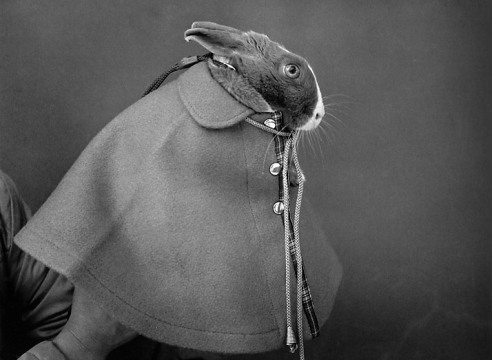
Japanese photographer Hiroh Kikai is best known for his Asakusa Portraits series, in which he documents individuals encountered in the Asakusa district in Tokyo, historically known as a center for popular entertainment. Begun over forty years ago in 1973 and taken with a handheld, square format Hasselblad, Kikai’s black and white street portraits powerfully depict the individual essence of each of his subjects. A parallel body of work, Tokyo Labyrinth, explores the landscape of the city without the presence of its inhabitants. Using the same camera, and created during a similar period of time, Kikai sees these series as being inextricably bound together.
For the Asakusa Portraits, Kikai poses his subjects against the plain exterior wall of the Sensoji Temple, so that their unique personalities are the focus of the photograph as opposed to the surrounding environment. His aim is to strip each character down to their essential attributes. In Tokyo Labyrinth Kikai creates rigorous compositions of the streets of the city, finding beauty in the most commonplace streets and alleys. As with the portraits, he adopts certain self-imposed limitations, often reducing these scenes to a series of lines and planes. Underpinning Kikai’s extended exploration of the distinct character of Tokyo and its inhabitants is the age old question of what it means to be human.
Hiroh Kikai was born in 1945 in Yamagata, Japan. His work has been included in exhibitions at the International Center of Photography, New York; Neue National Galerie, Berlin; Tokyo Metropolitan Museum of Photography; Museum of Modern Art, Toyama, Japan; and Center for Creative Photography, Tucson, Arizona. His work can be found in numerous public collections including the Tokyo Metropolitan Museum of Photography; Philadelphia Museum of Art, Museum of Fine Arts, Houston; and International Center of Photography. Kikai’s work is the subject of eleven books, including the major monograph, Hiroh Kikai: Asakusa Portraits, published by Steidl in 2008.